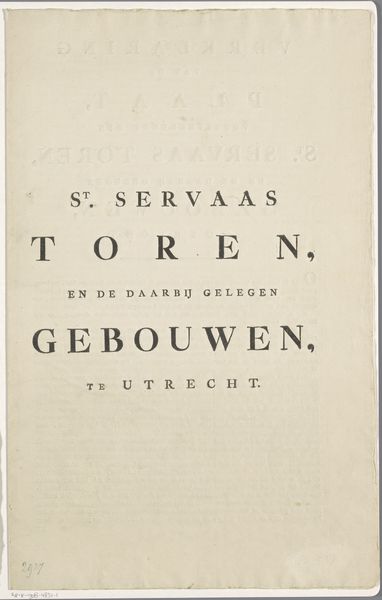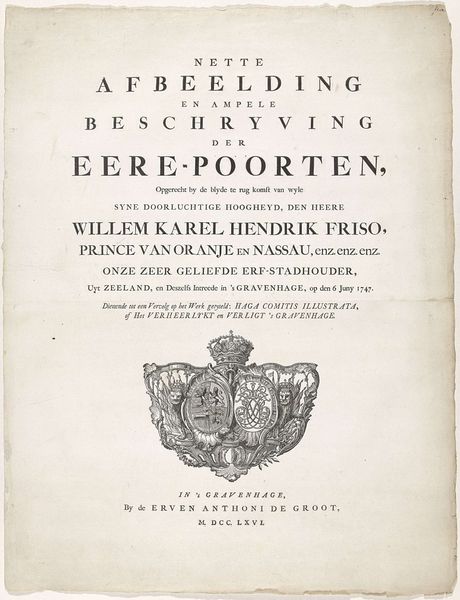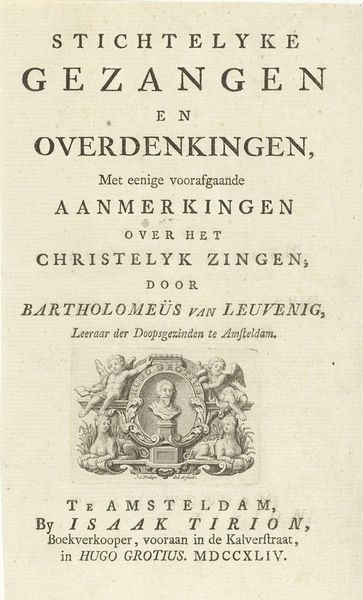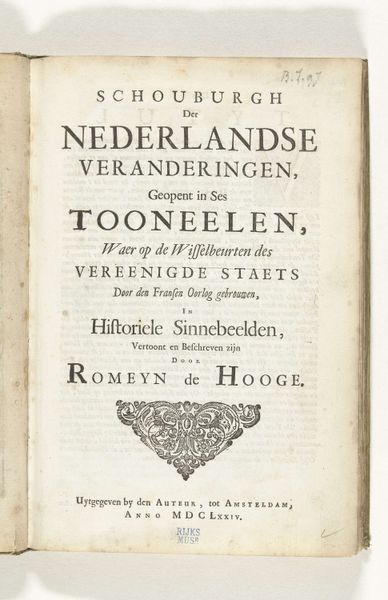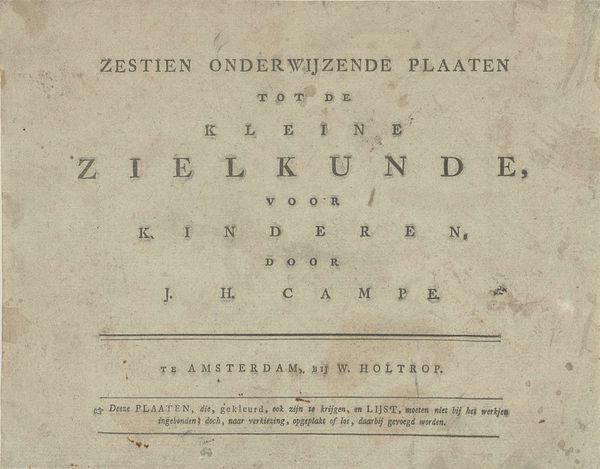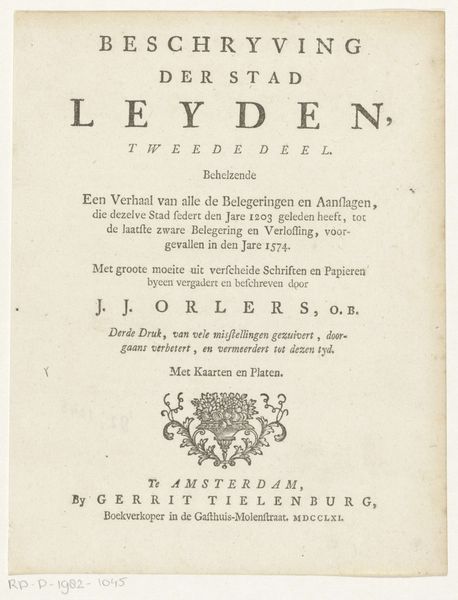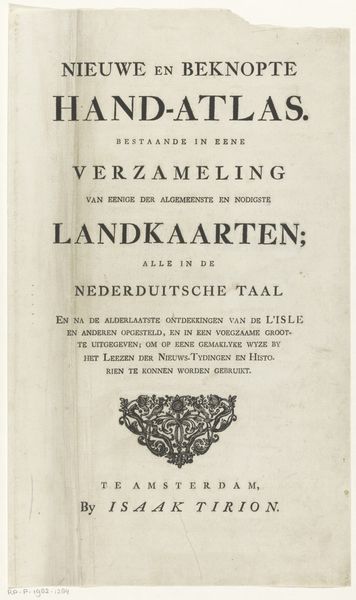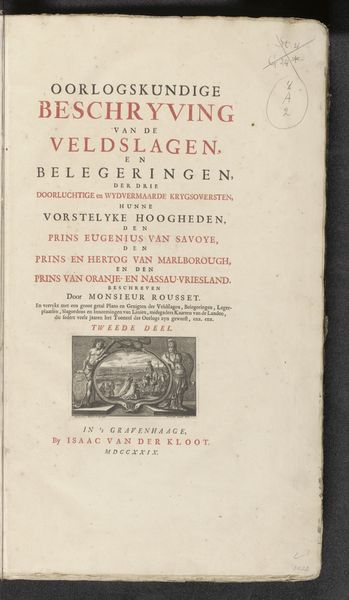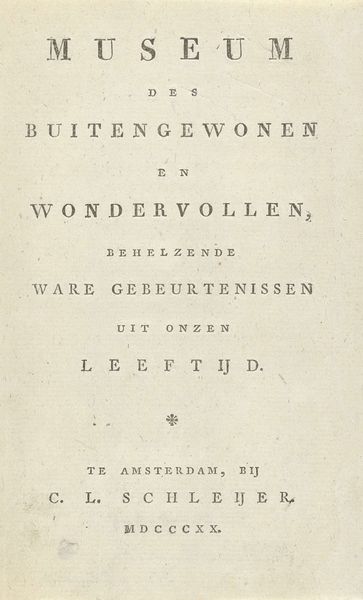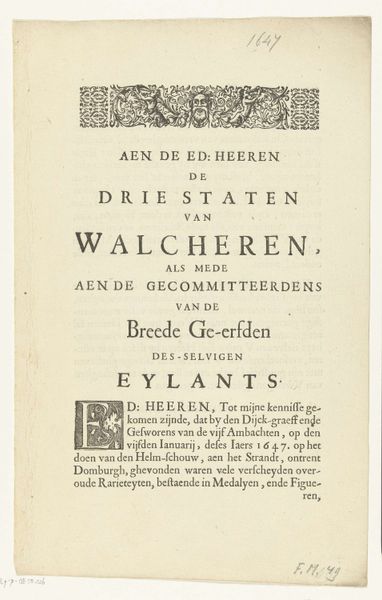
Verklaring van de plaat met offersteen der Romeinen en de Bijlhouwerstoren in Utrecht 1789 - 1843
0:00
0:00
graphic-art, print, typography, engraving
#
graphic-art
#
script typography
#
hand-lettering
#
neoclassicism
# print
#
old engraving style
#
hand drawn type
#
hand lettering
#
typography
#
hand-drawn typeface
#
fading type
#
thick font
#
handwritten font
#
engraving
#
historical font
#
calligraphy
Dimensions: height 440 mm, width 275 mm, height 545 mm, width 435 mm
Copyright: Rijks Museum: Open Domain
Editor: This print, "Verklaring van de plaat met offersteen der Romeinen en de Bijlhouwerstoren in Utrecht," made between 1789 and 1843, by A. Judels, it's all typography and engravings. It feels very formal, almost like a legal document or public announcement. What story do you think this work is trying to tell? Curator: It speaks to the power dynamics inherent in representation. Who gets to declare, to explain? This print, dedicated to the King, uses the weight of the written word and classical forms—neoclassical typography echoes power —to legitimize its subject. How do these declarations shape collective memory and justify existing hierarchies, don’t you think? Editor: So it's not just about the tower, but also about how authority is constructed through images and language? Curator: Exactly. Look at how the dedication to royalty is centered and emphasized. Consider this: in a society grappling with emerging democratic ideals, this emphasis is a strategic claim for legitimacy. Editor: Almost like propaganda then? Curator: The line is often blurred. Is it meant to celebrate power or simply document it? Whose perspectives are centered, and whose are marginalized or entirely erased? Editor: It definitely makes me think about the role of art in either challenging or reinforcing existing power structures. Curator: Precisely. And how even seemingly straightforward depictions can be deeply implicated in larger political and social narratives. Understanding that helps us critically engage with images in our own time, right? Editor: Absolutely. I see this print now as less a statement of fact and more as a political artifact. Thank you. Curator: It's been my pleasure. Let's continue looking critically and with openness at everything around us!
Comments
No comments
Be the first to comment and join the conversation on the ultimate creative platform.
